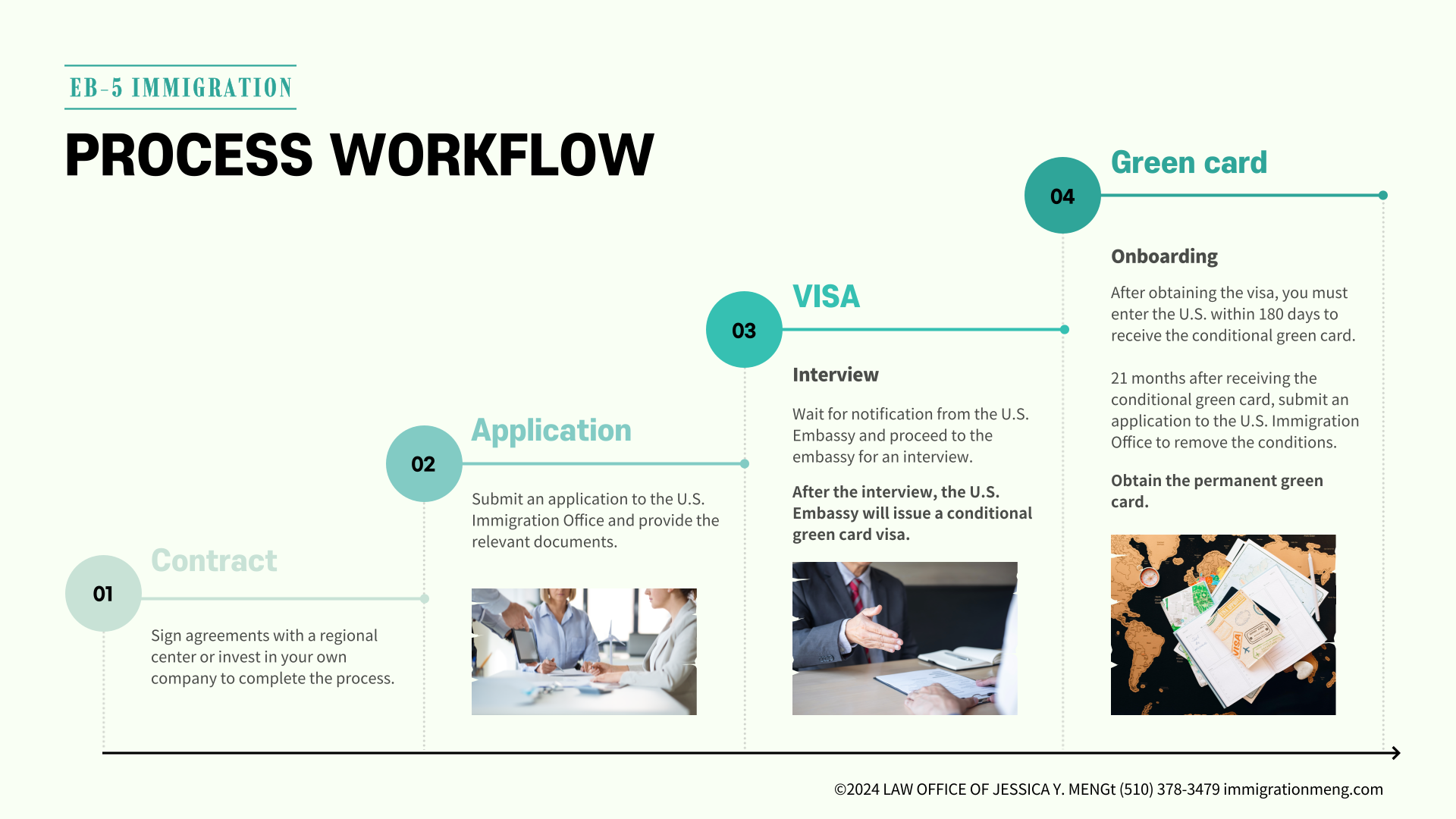
The EB-5 Immigrant Investor Program is a U.S. immigration program designed to attract foreign investment in exchange for U.S. permanent residency (a green card). Here's how it works:
Investment Requirement:Investors must make a significant financial investment in a U.S. business. The standard minimum investment is $1,050,000, but it can be reduced to $800,000 if the investment is in a Targeted Employment Area (TEA), which includes rural areas or areas with high unemployment.
Job Creation: The investment must create or preserve at least 10 full-time jobs for U.S. workers within two years of the investor's admission to the U.S.
Green Card: In return for their investment, the investor and their immediate family (spouse and unmarried children under 21) can apply for U.S. permanent residency.
Regional Centers: Investors often choose to invest through EB-5 Regional Centers, which are government-approved entities that pool investments for larger projects. These centers help manage the job creation and economic requirements of the EB-5 program.
The program is especially popular for foreign nationals looking for a path to U.S. residency through economic contribution.
Want to learn more about the steps on process the EB-5?
